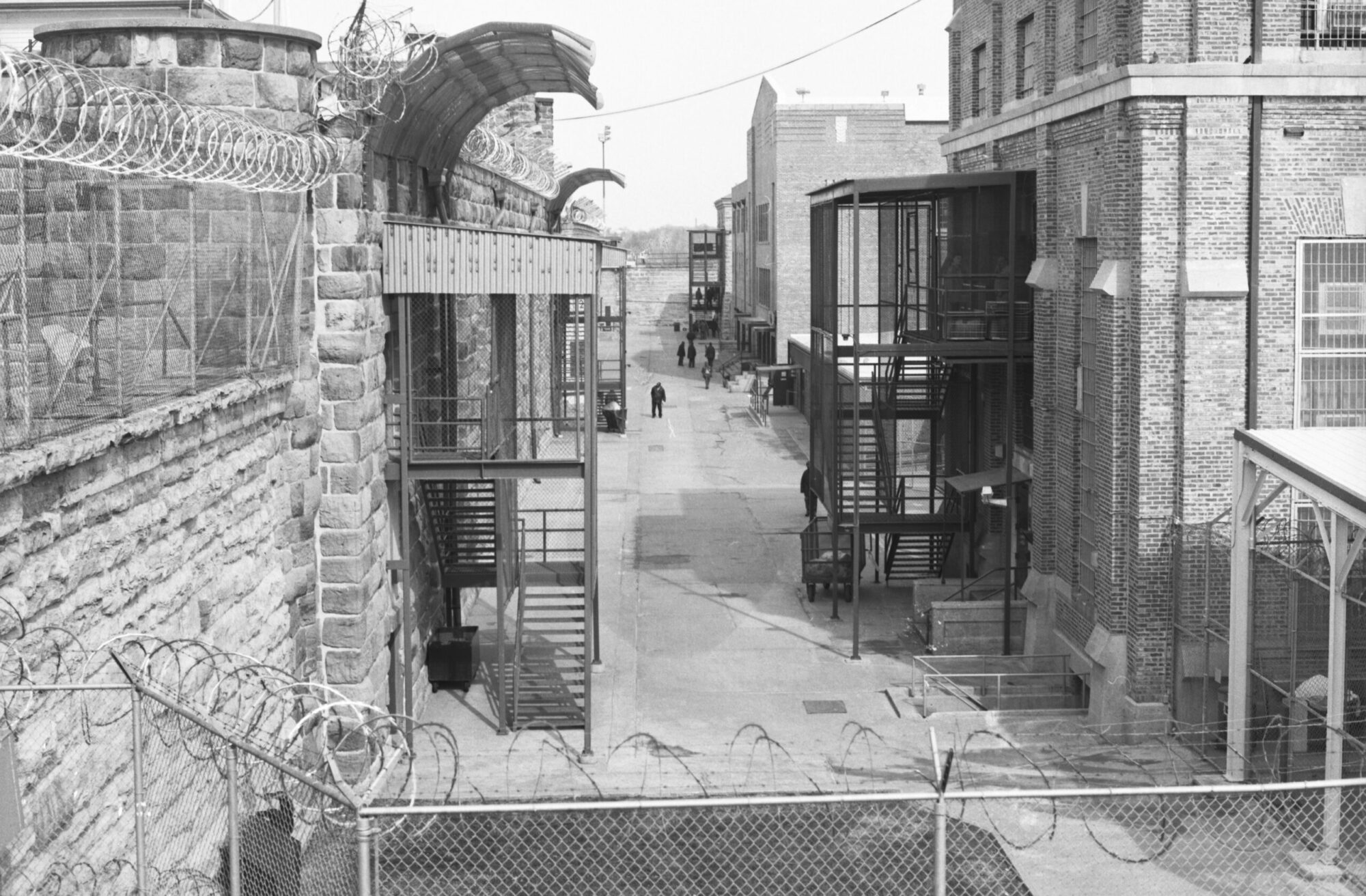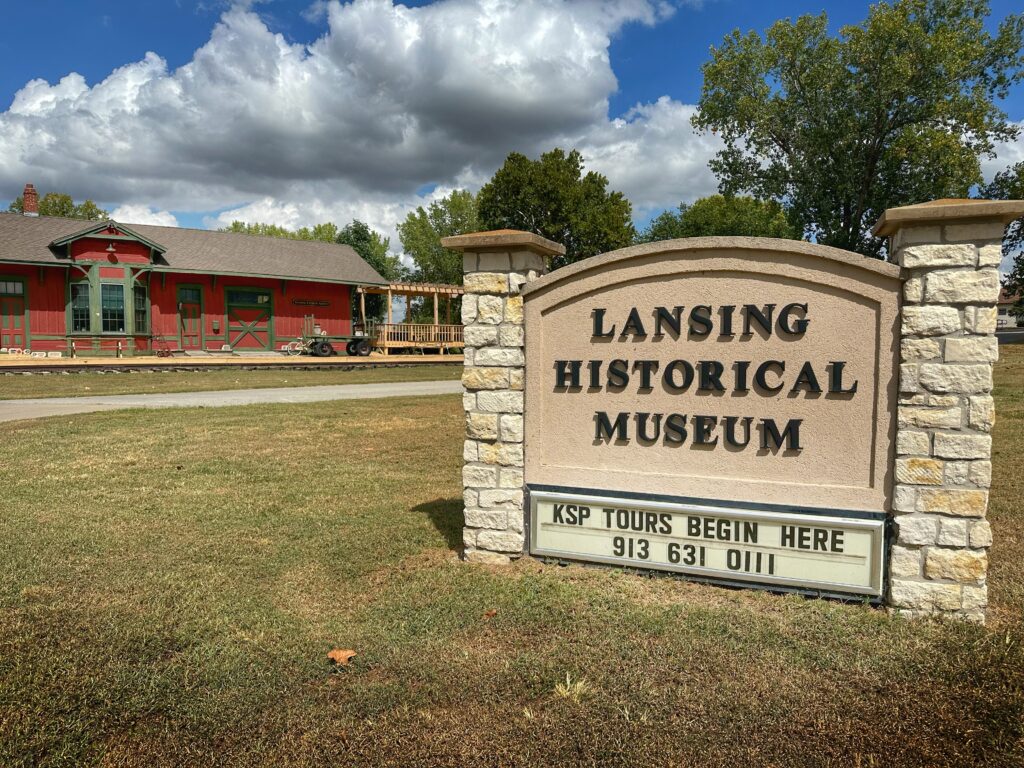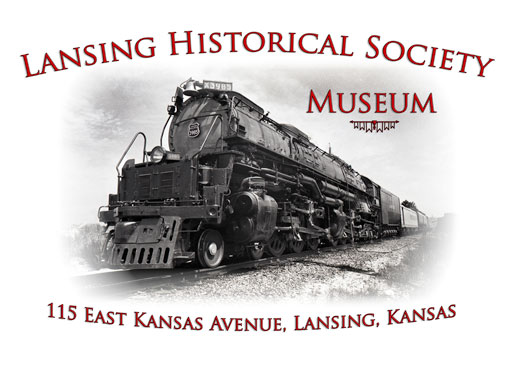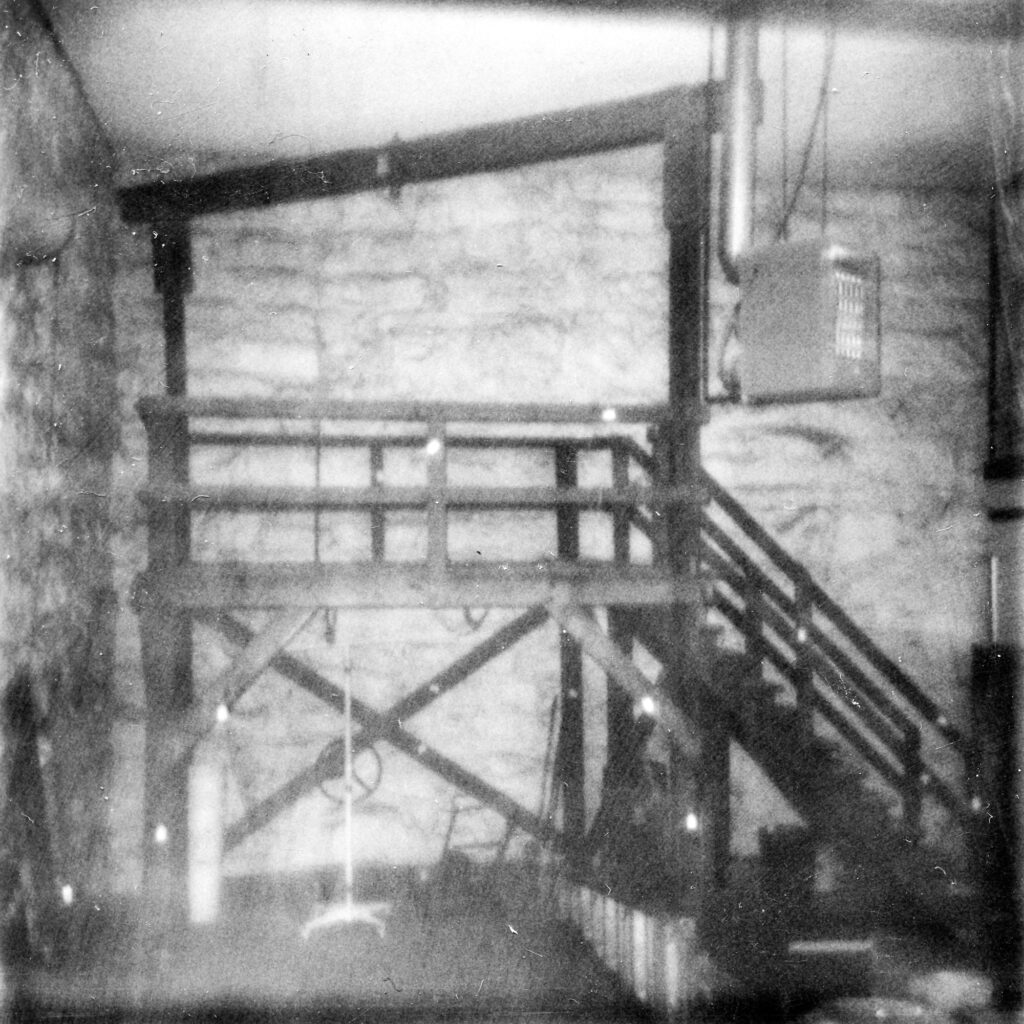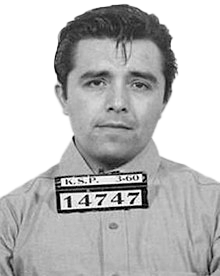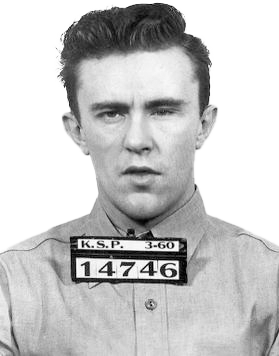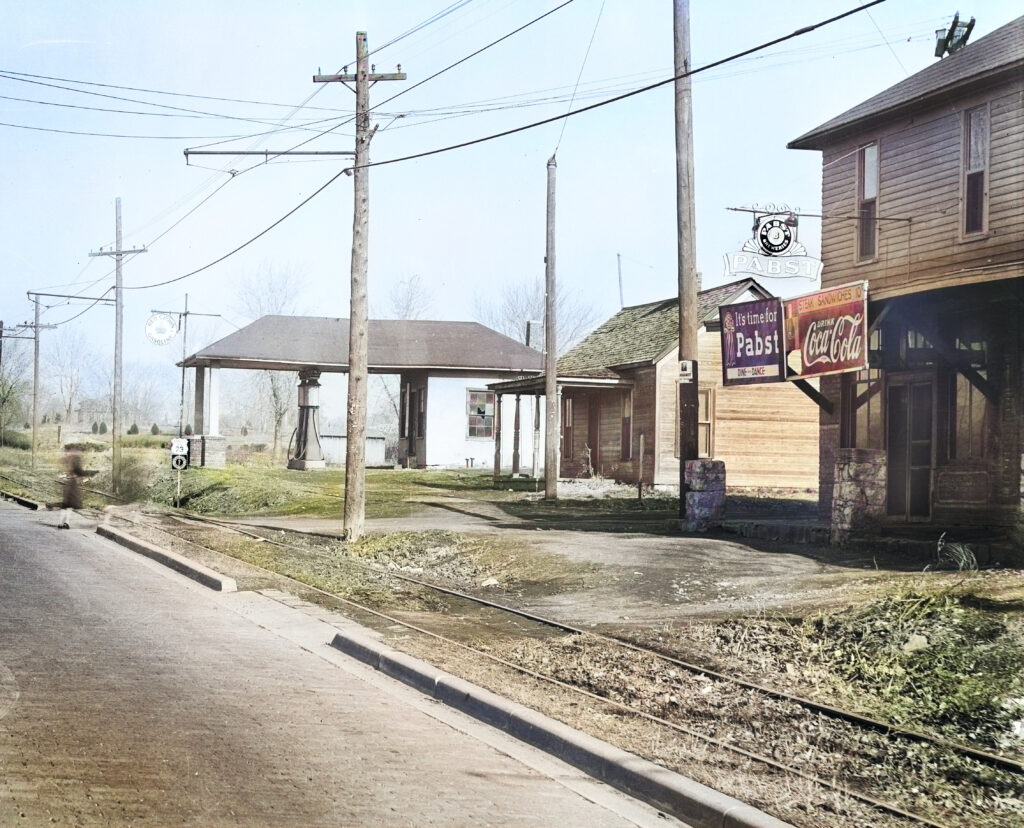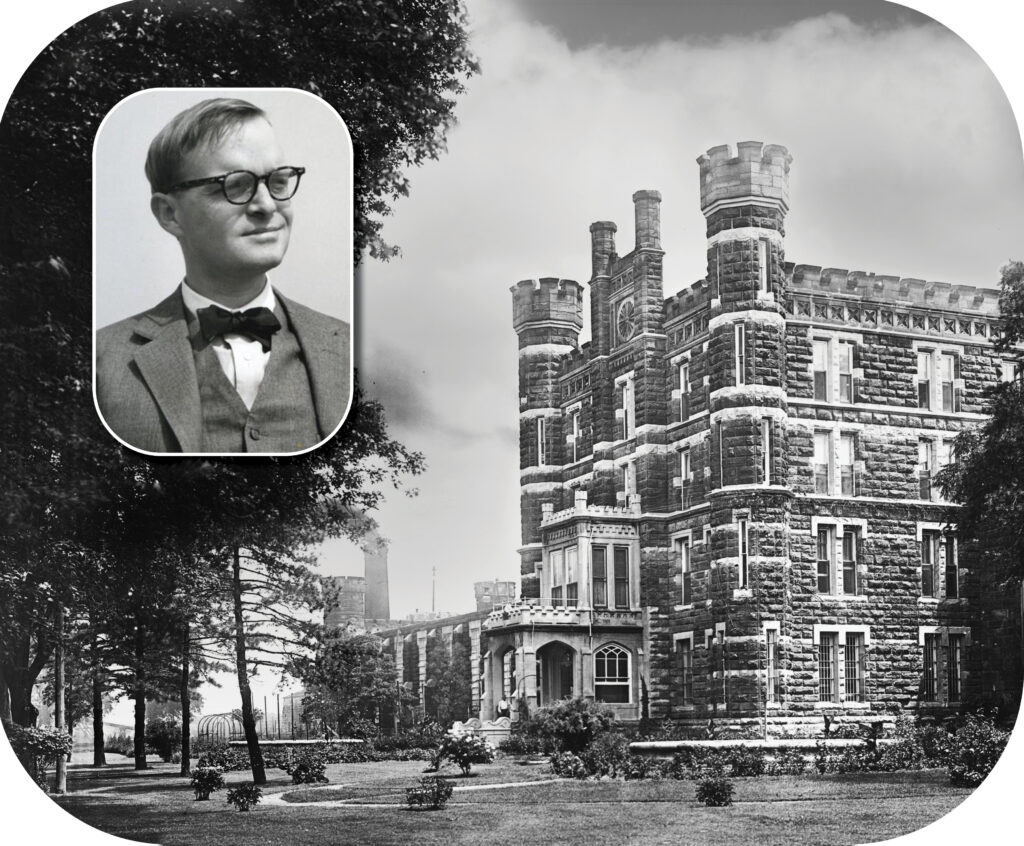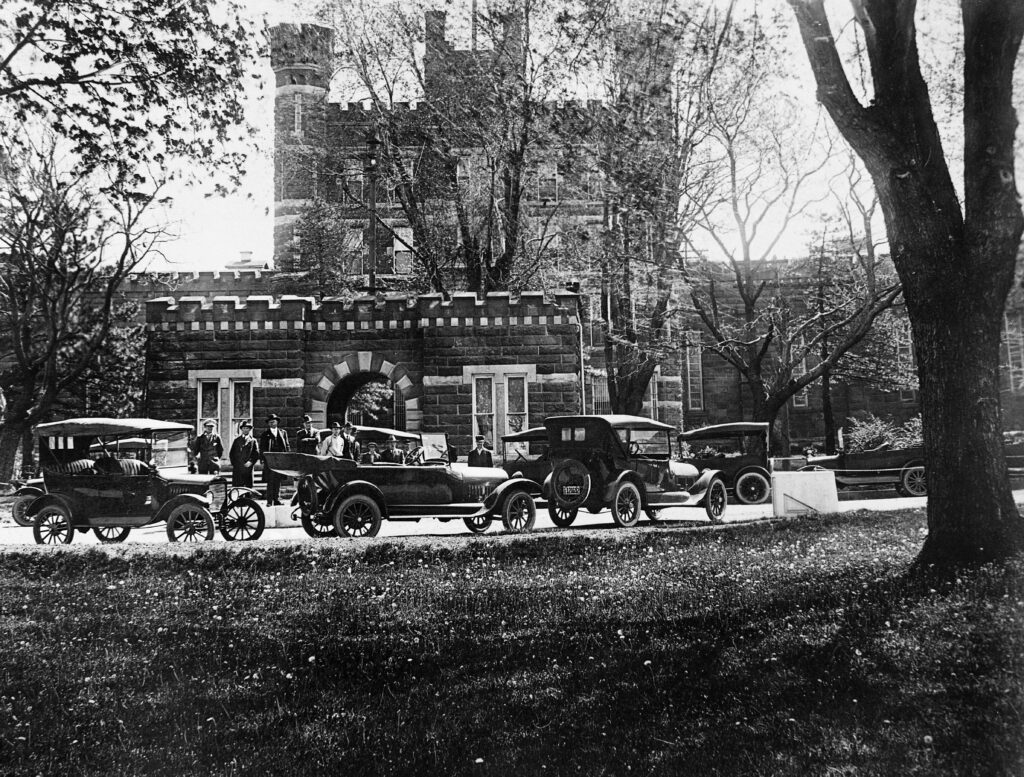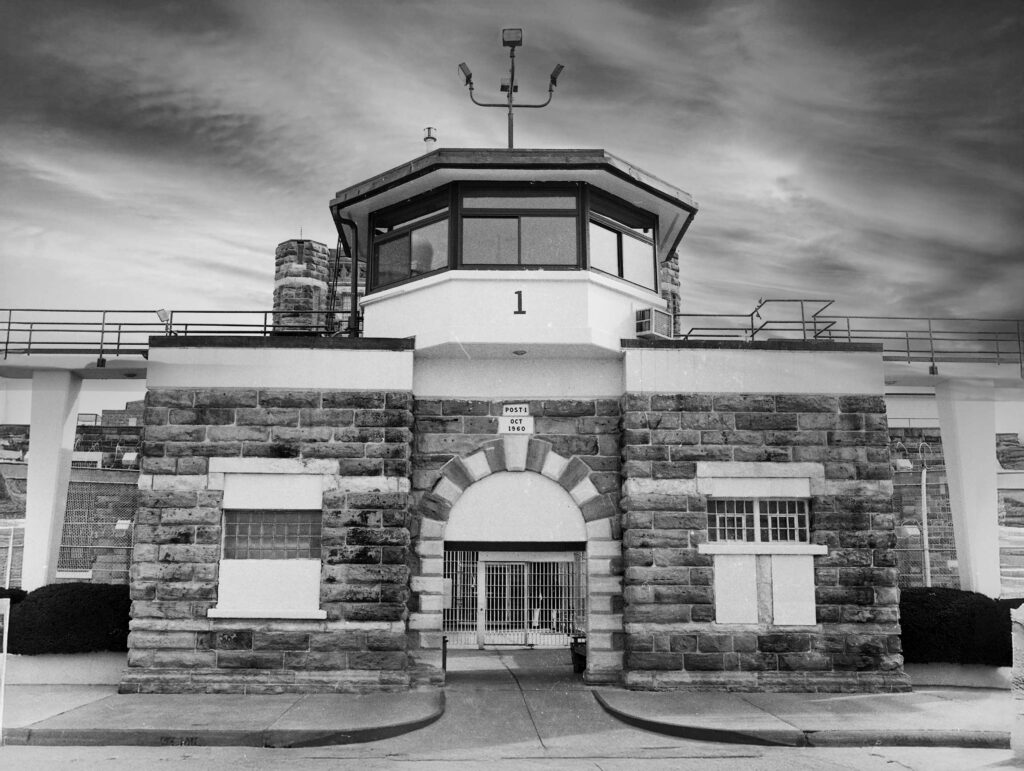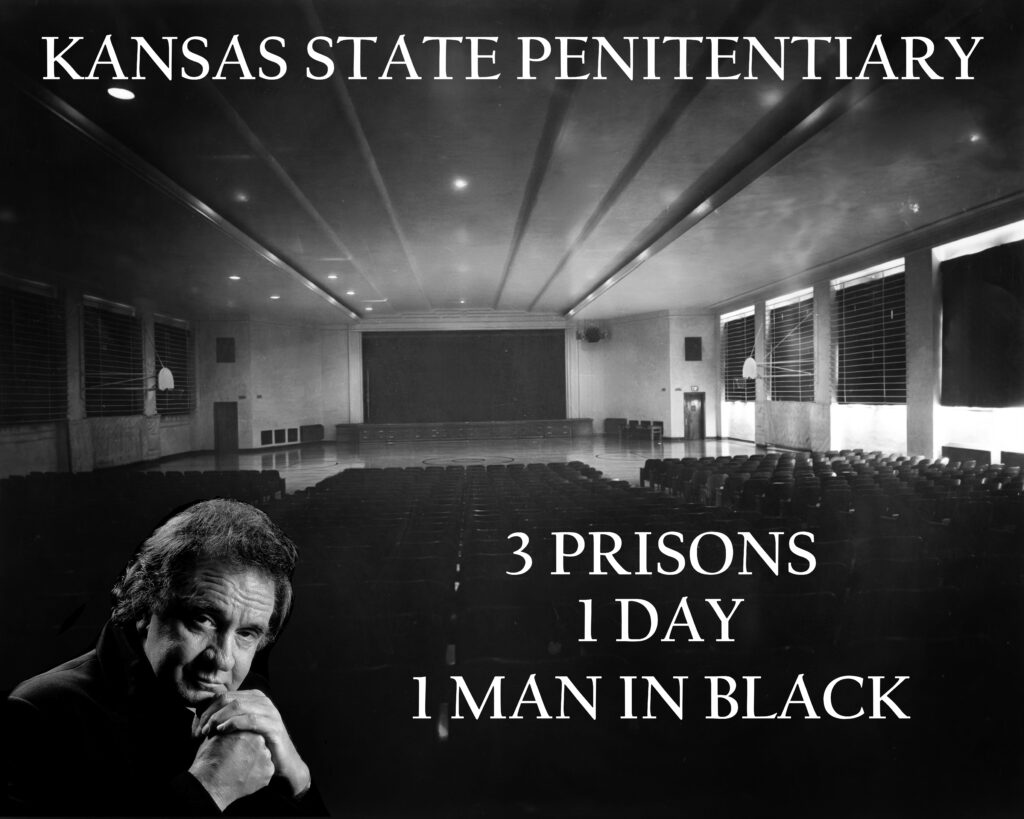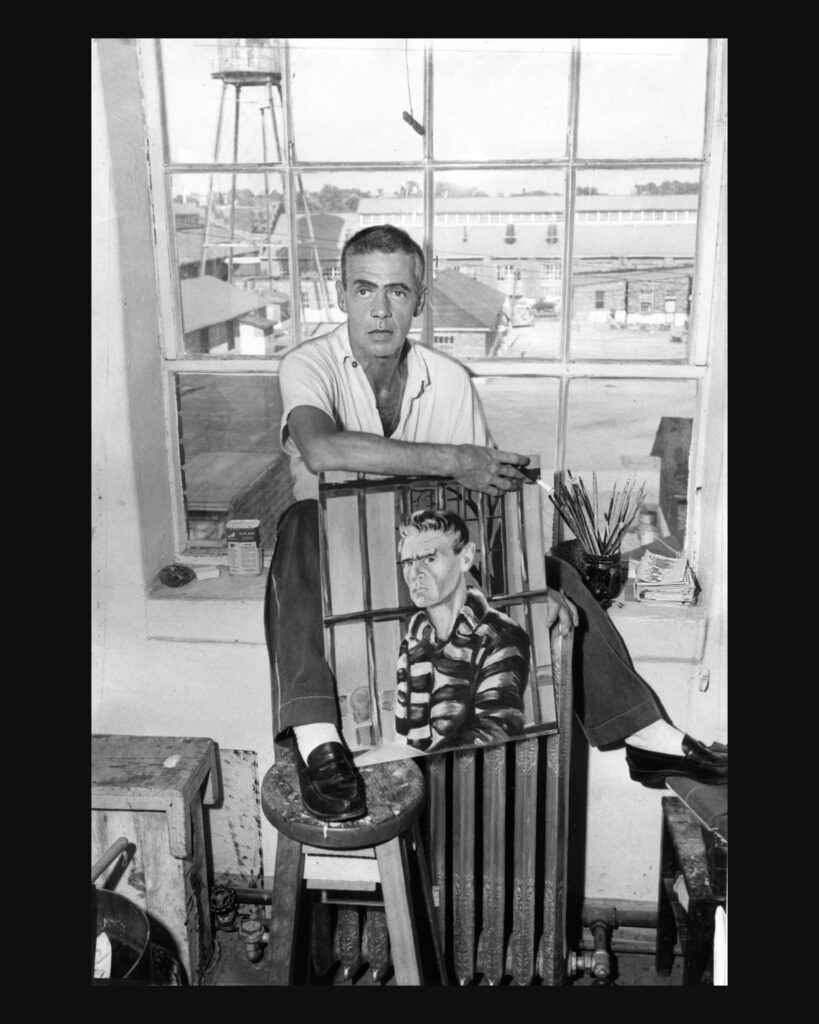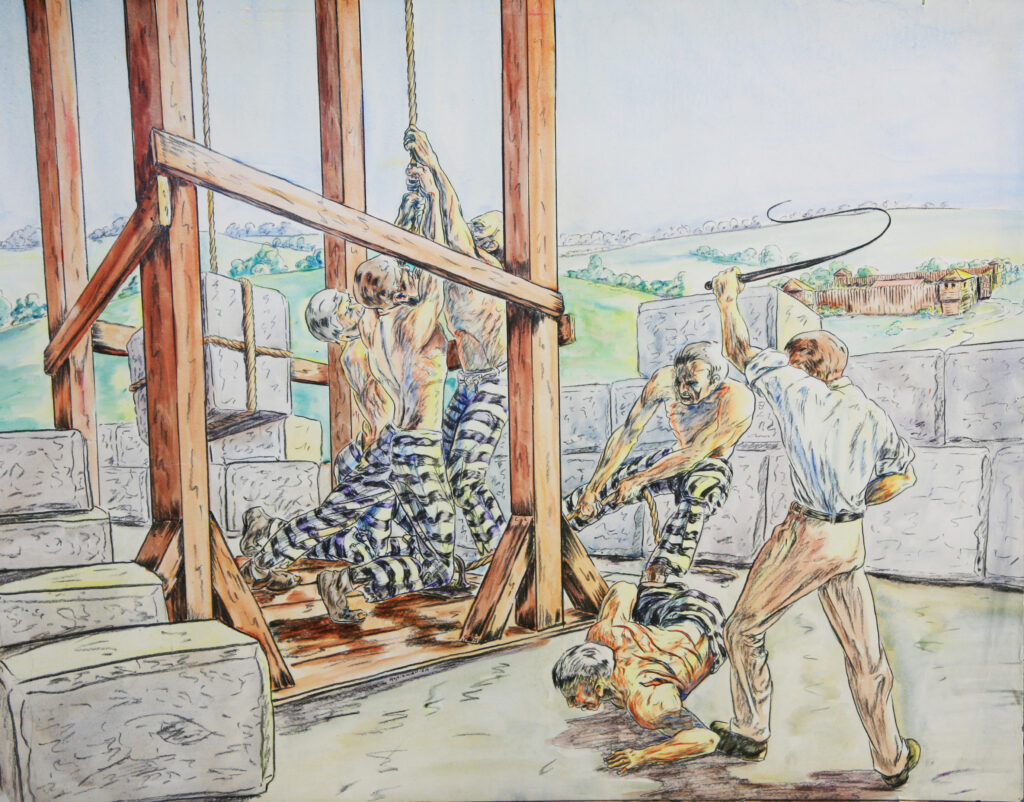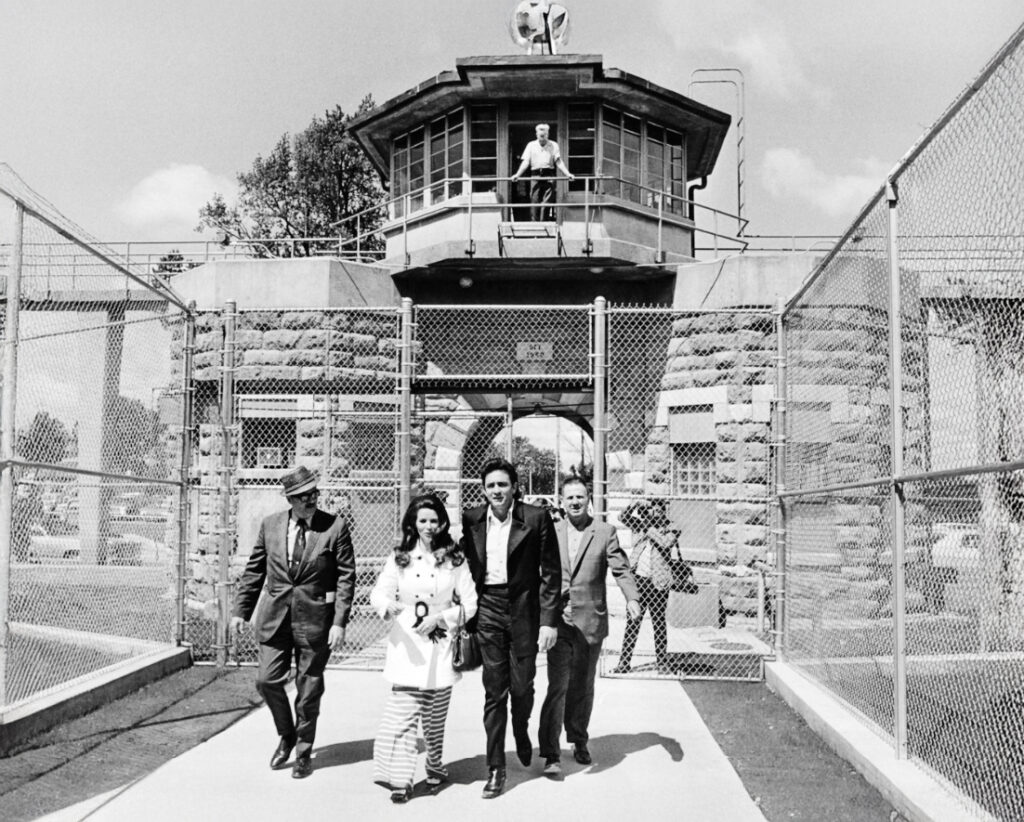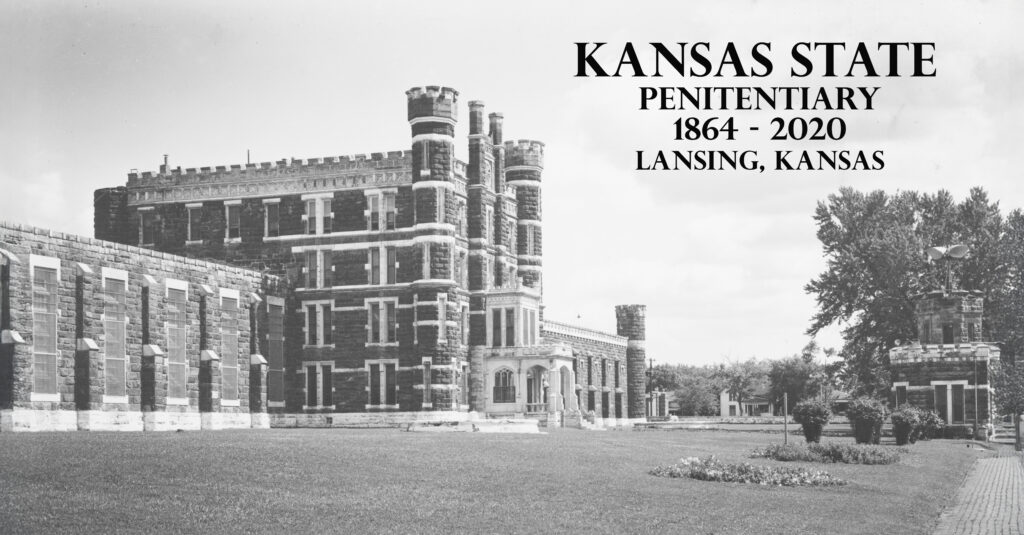
The Kansas State Penitentiary, established by the Kansas Territorial Legislature in 1859, is one of the nation’s oldest prisons and offers a remarkable opportunity to explore over 160 years of rich history. This historic site stands as a testament to the evolution of the American justice system. The compelling stories of those who lived and worked within its formidable walls are shared by former correctional officers, assistant wardens, wardens, and local historians.
Historical Significance:
The Kansas State Penitentiary is more than just a building; it symbolizes Kansas’ early statehood and the challenges of establishing law and order on the frontier. Opening shortly after Kansas became a state, this prison has witnessed significant events from the Civil War to the modern era, with each period leaving its mark on its history.
Architectural Marvel:
The prison’s imposing limestone structures, quarried and constructed by early inmates, reflect the craftsmanship of that era. As you walk the grounds, you can almost hear echoes of the past—the sound of hammers in the stone quarries, voices from the chow hall, and even the performances that once took place within its walls.
Personal Narratives:
The untold stories of inmates, staff, and their families provide a rich tapestry of experiences that highlight themes of rehabilitation, resilience, and human struggles. Educational programs often include personal accounts from former staff or historians who can elaborate on the complexities of life inside the prison. This aspect brings a personal touch to the factual history, making it more relatable and engaging.
Cultural Connections:
The facility is also a significant piece of cultural history, having hosted performances from iconic musicians, like Johnny Cash and his wife, June Carter Cash during the early 1970’s to hosting the annual “Behind the Walls” car show the last weekend in September.
Interactive Learning:
Guided tours by former correctional officers can offer engaging learning opportunities for students, history enthusiasts, and the general public. These experiences can include interactive exhibits, discussions, and even workshops that delve deeper into the societal implications of incarceration and reform.
Overall, the historic Kansas State Penitentiary stands as an educational resource, inviting reflection on justice, history, and human experience. It encourages visitors to engage thoughtfully with the complexities of the past while considering their relevance to contemporary issues.
